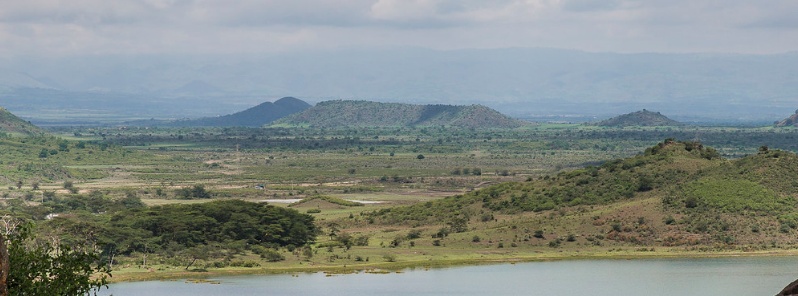1.1 million food insecure, food prices increase sharply as severe drought takes over Kenya

Below average rainfall across Kenya during the short rainy season from October to December of 2018 has been compounded by a delayed long rainy season from March to May of 2019. A drought alert has been raised for 15 arid and semi-arid counties while five counties have already reached the alarm stage (last stage before emergency).
According to the National Drought Management Authority (NDMA), The dry conditions and high temperatures experienced from January to March have pushed more counties into the Alarm drought stage, from 1 in February to 5 in March. 20 ASAL counties are reporting a worsening trend and only 3 indicate a stable trend. Counties in the Alarm drought phase are Wajir, Mandera, Garissa, Marsabit and Turkana.
Average distances to water for both households and livestock increased in March in more counties. In most ASAL areas, reduced availability of pasture and water in March compared to February resulted in rapid deterioration in livestock body condition and decreased milk production.
NDMA also highlighted that current milk production in 12 counties including Garissa, Turkana, Kajiado, Marsabit, Samburu, Tana River, Mandera, Laikipia, Narok, Makueni, Lamu and Nyeri (Kieni) is below expected season ranges compared to the long-term average.
Delay in the start of the long rains has affected timelines for farming activities, especially land preparation and planting. As a result, farmers have been advised to plant fast-maturing crops following the projected short rainfall season and drought-tolerant crops in areas expected to receive below-average rainfall.
As a consequence, pastures have dried up, livestock have weakened and reduced options for livestock migration may result in conflict over scarce resources, DG ECHO reports.
In recent weeks, food prices have increased sharply and a further increase is expected in the coming months. The depletion of food stocks is likely to result in negative coping mechanisms.
1.1 million people are already considered food insecure, including 843 900 severely. Acute malnutrition among children under 5 and pregnant and lactating mothers is on the rise, affecting 541 309 individuals in April 2019.
Food assistance and emergency water supply are needed as a life-saving measure.
The situation is making the government reconsider its 2012 import ban on genetically modified maize.
Featured image credit: Ninara

Commenting rules and guidelines
We value the thoughts and opinions of our readers and welcome healthy discussions on our website. In order to maintain a respectful and positive community, we ask that all commenters follow these rules:
We reserve the right to remove any comments that violate these rules. By commenting on our website, you agree to abide by these guidelines. Thank you for helping to create a positive and welcoming environment for all.